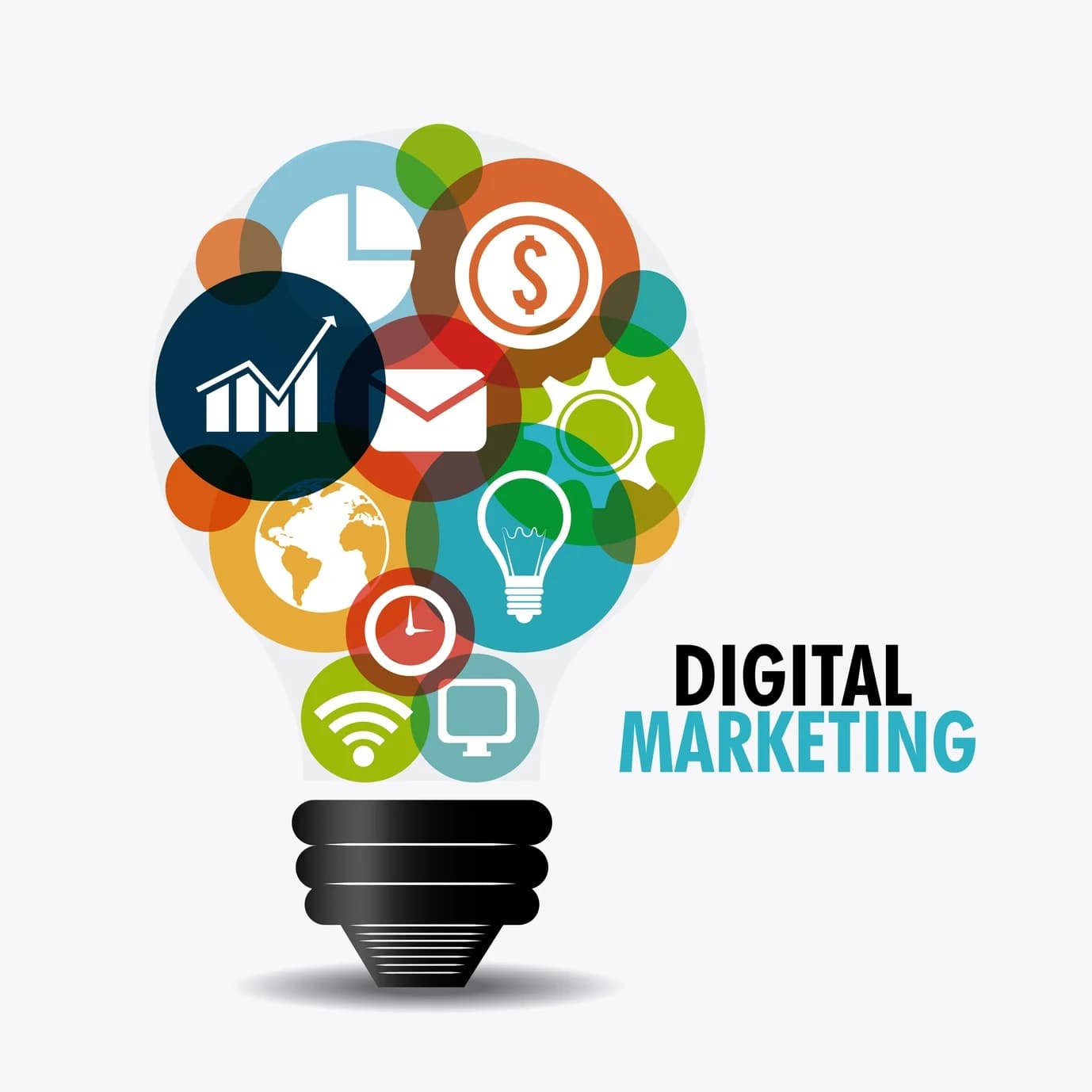On page SEO is at the heart of any successful search engine optimization campaign. On page SEO service is what optimizes whatever is currently on your site so that it ranks within search engine result pages (SERPs). On-page SEO optimizes so that search engines are able to read and index your content in a way that it shows up higher for the target queries. Hiring the services of a professional on-page SEO might increase your site’s organic traffic, enhance user experience, and enhance conversions.
In this tutorial, we will discuss the most important elements of on-page SEO and how they boost search rankings.
What Is On-Page SEO?
On-page SEO is the process of optimizing web elements, such as content, HTML source code, and site architecture. In contrast to off-page SEO, where you must deal with outside factors such as backlinks, on-page SEO is something you have control over. By implementing the best SEO practices available, you can improve the search performance of your site and also create a seamless user experience.
The Most Critical Elements of On-Page SEO Services
1. Keyword Research and Optimization
Correct keyword placement in your content is crucial for top ranking. Modern SEO is all about finding the right, high-traffic, low competition keywords. Use these keywords organically in titles, headings, meta descriptions, and body copy without keyword loading.
Best Practices:
Use primary and secondary keywords organically.
Place keywords within the first 100 words of your content.
Optimize for long-tail keywords to rank for specific search queries.
2. High-Quality Content Optimization
Content is the foundation of on-page SEO. Search engines prefer well-structured, informative, and up-to-date content. A well-optimized page should be user-friendly and answer their questions in detail.
Best Practices:
Create content answering user questions.
Utilize proper headings (H1, H2, H3) to structure content.
Utilize related images, videos, and infographics.
3. Title Tags and Meta Descriptions
Title tags and meta descriptions contribute significantly to drive click-throughs from search engine results pages. They have to be interesting, keyword-dense, and informative of page content.
Best Practices:
Use title tags of less than 60 characters.
Use creative, action-oriented phrases in meta descriptions.
Organically include primary keywords.
4. URL Structure
Shorten the URLs for easier reading.
Avoid unnecessary parameters and special characters.
Break words using hyphens (example.com/on-page-seo-services).
5. Internal Linking
Internal linking shares link equity between pages and improves site navigation. They also tell search engines to crawl and index pages in the most efficient way.
Best Practices:
Link to similar pages with descriptive anchor text.
Avoid overlinking, which may appear spammy.
Ensure there’s a logical flow between linked pages.
6. Image Optimization
Optimize images to reduce page load and enhance pages’ accessibility. Search engines also spider image alt text, which can result in better rankings.
Best Practices:
Use descriptive file names (i.e., on-page-seo-checklist.jpg).
Compress images to reduce load times.
Use alt text with targeted keywords.
7. Mobile-Friendliness
Google prefers mobile-first indexing, where a site’s mobile platform affects its ranking. A mobile-friendly site offers a seamless experience across devices.
Best Practices:
Use responsive design.
Make it simple to use on smaller screens.
Optimize page speed on mobile.
8. Page Speed Optimization
Fast pages provide a superior user experience and rank better in search results. Slow pages are associated with greater bounce rates, which damages rankings.
Best Practices:
Minify HTTP requests.
Use browser caching.
Use a content delivery network (CDN) to load more quickly.
9. Schema Markup Implementation
Schema markup helps search engines to better understand your content and drive search visibility via rich snippets.
Best Practices
Implement structured data on products, reviews, and FAQs.
Test markup with Google’s Structured Data Testing Tool.
Ensure markup aligns with page content.
10. User Experience (UX) Optimization
Optimized user experience keeps users longer on your site and enhances rankings.
Best Practices:
Keep fonts readable and text spacing proper.
Implement unique call-to-action (CTA) buttons.
Minimize intrusive pop-ups.
Advantages of Professional On Page SEO Service
Professional on-page SEO may be an investment of many things, including:
Improved search rankings: More Google and other search engines visibility.
Improved user experience: Optimized website boosts activity and reduces bounce rate.
Improved conversion rates: Targeted content reaches the right viewers and increases sales or requests.
Long-term sustained growth: On-page SEO allows for ongoing organic traffic without the cost of ad spend.
Conclusion
On-page SEO services play a critical role in website ranking and user experience. Ranging from keyword optimization and page structure to loading speed and mobile responsiveness, it all converges in the creation of an optimized website. When these best practices are implemented, they can guarantee improved search rankings, traffic, and ultimately business. If you require improved performance for your website, choose professional on-page SEO services to stay ahead of the competition.



